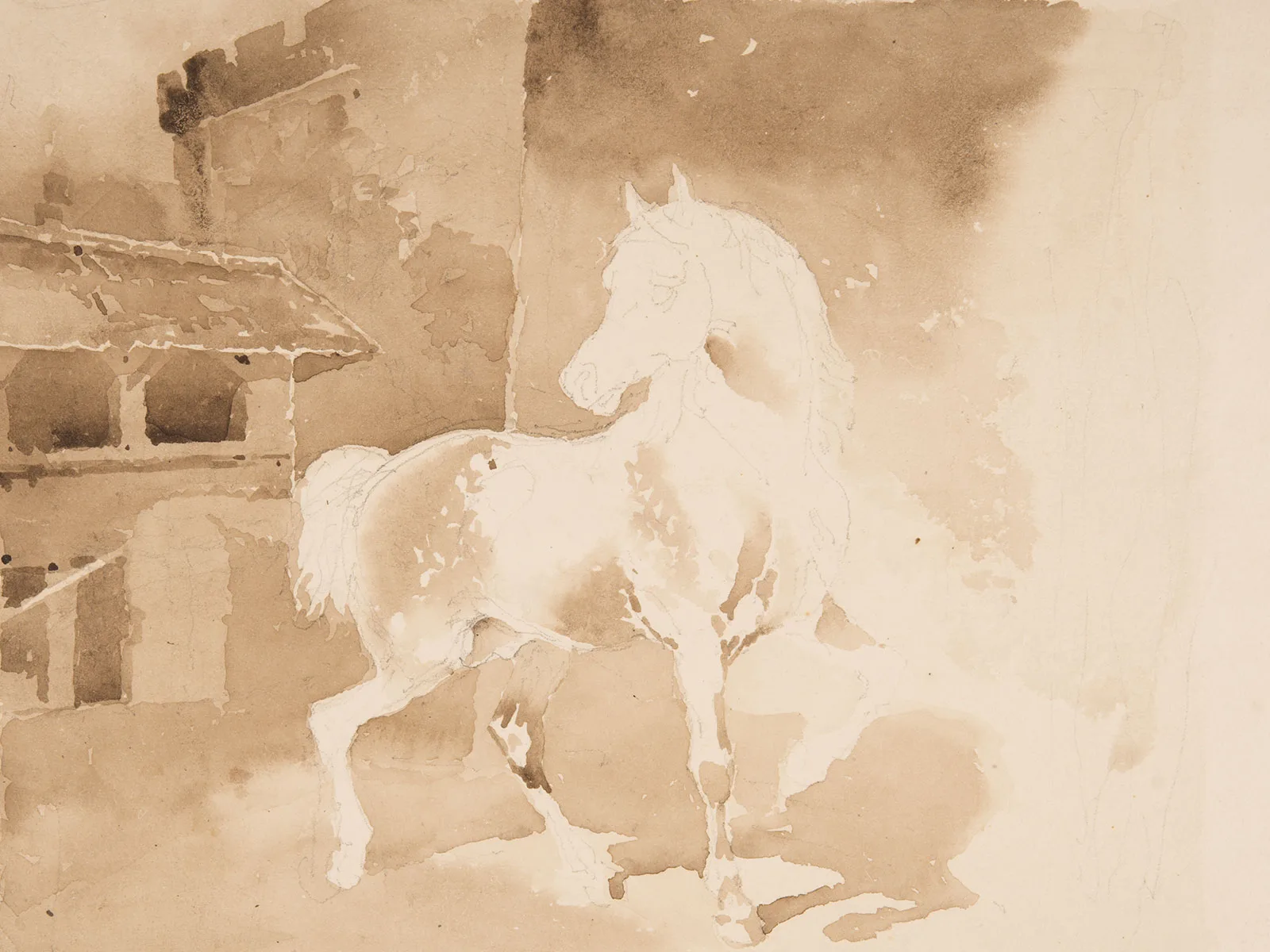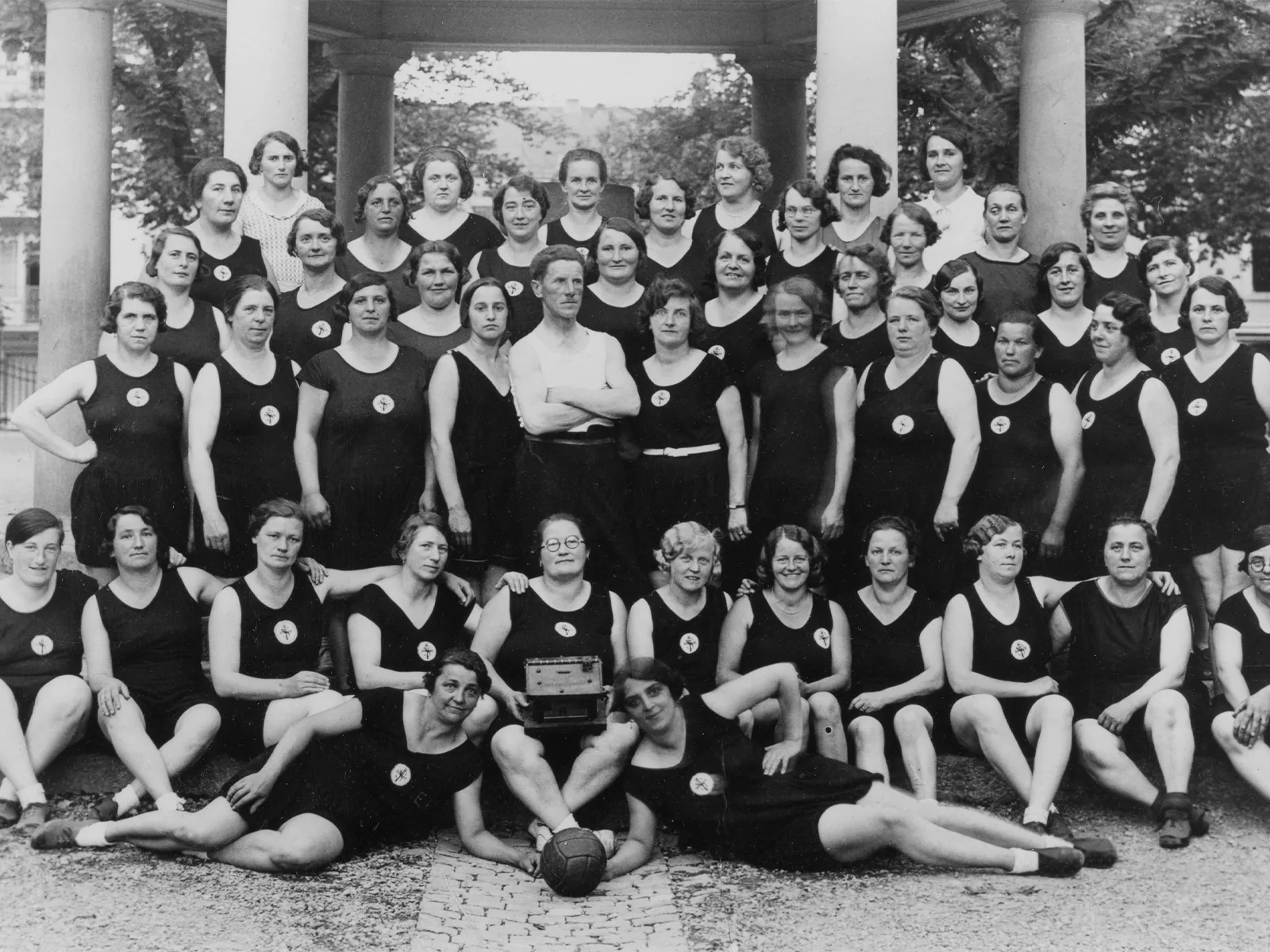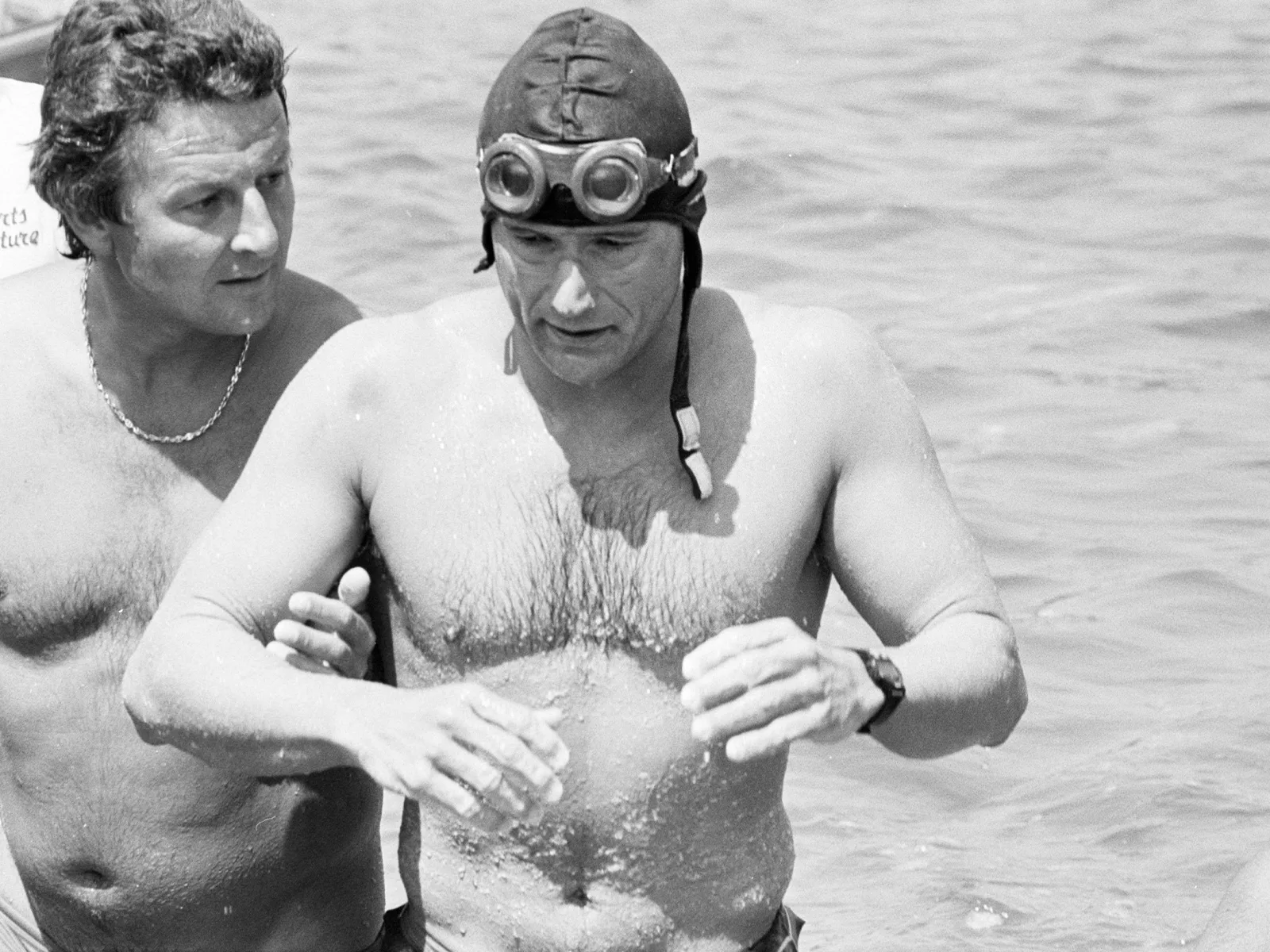
Of national gymnasts and ‘sport as a spectacle’
If you want to understand what doing sport is all about in this country, it’s worth taking a look at the historical influence of gymnastics.
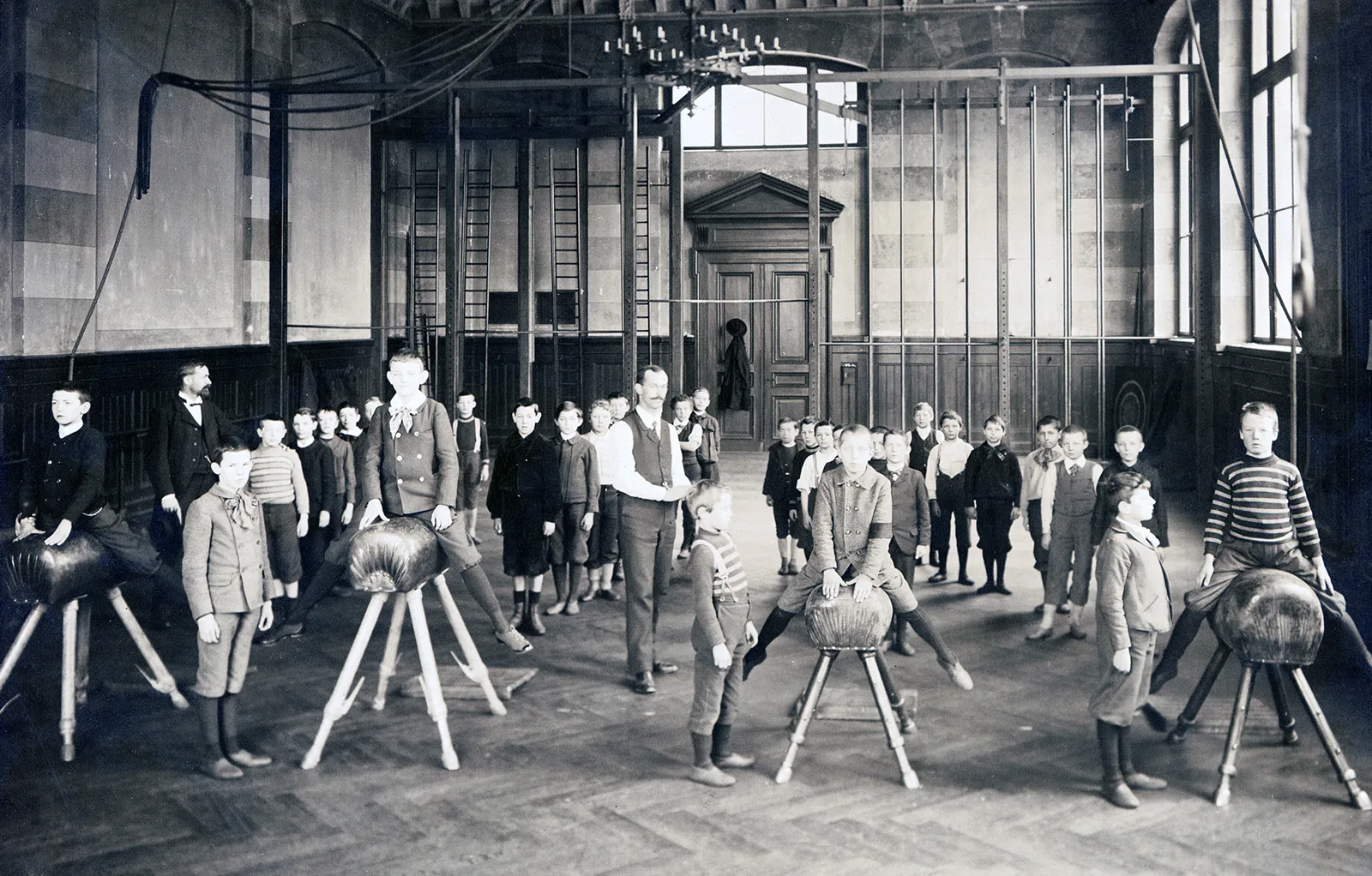
Sport – British performance comparison
Gymnastics – German cohesion
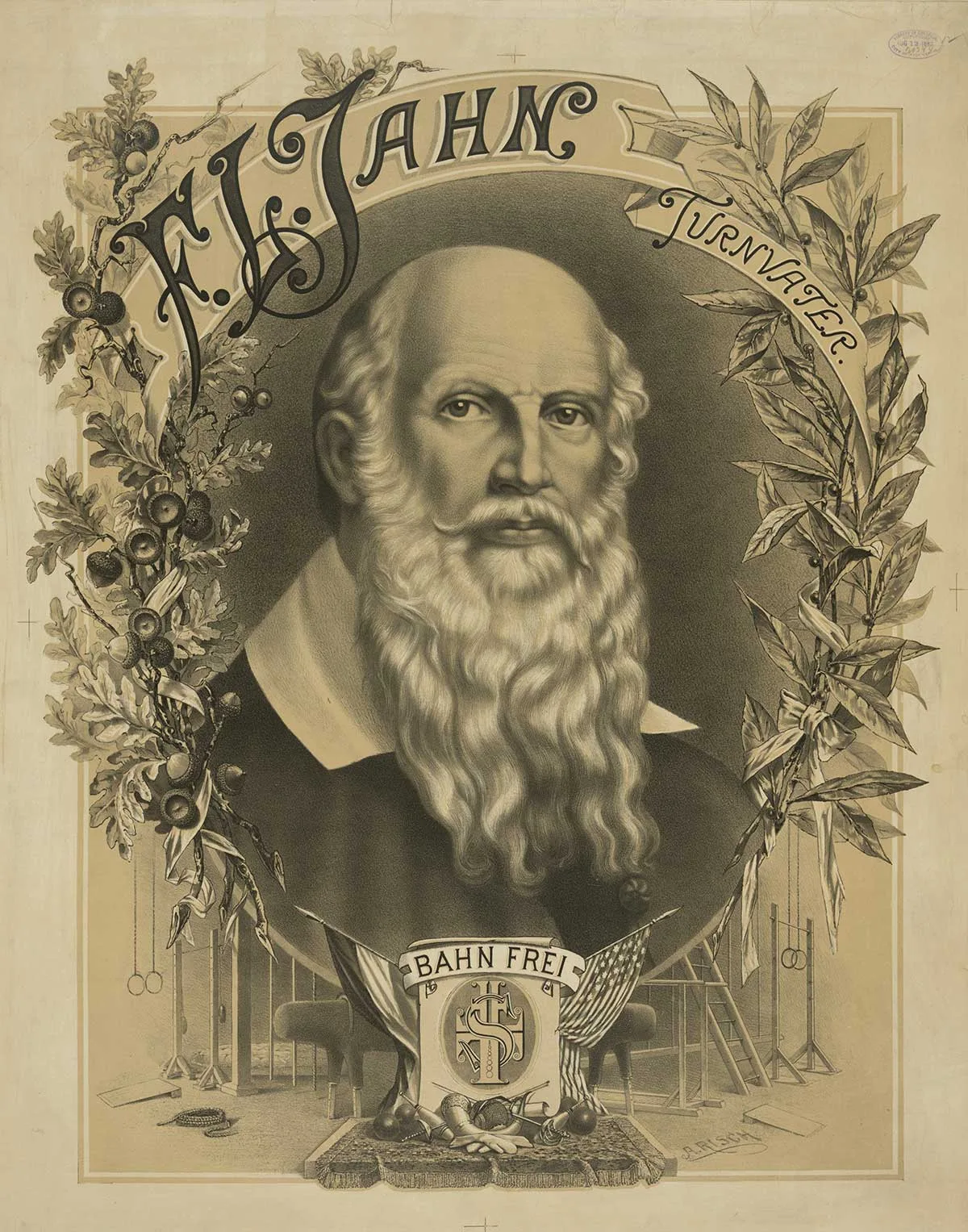
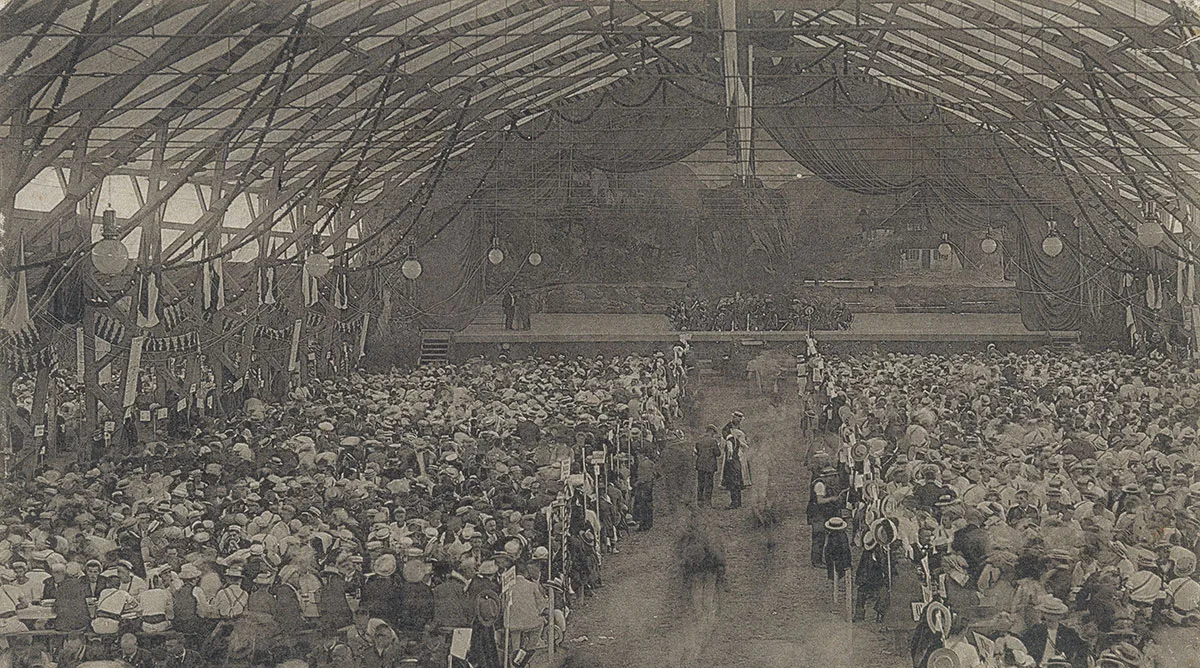
Preliminary military instruction in Berneck (Canton of St Gallen), 1947. Youtube

Swiss Sports History
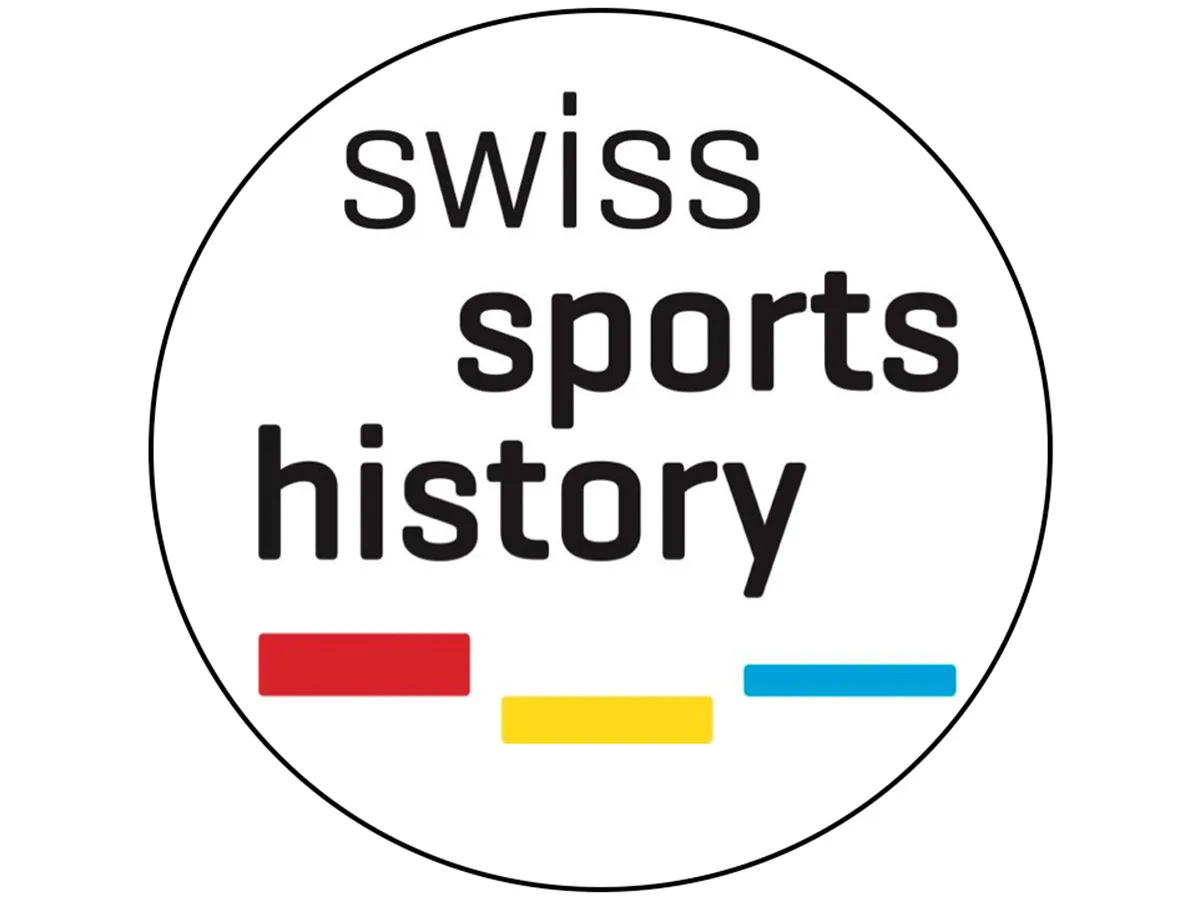
This text was produced in collaboration with Swiss Sports History, the portal for the history of sports in Switzerland. The portal focuses on education in schools and information for the media, researchers and the general public. Find out more at sportshistory.ch

